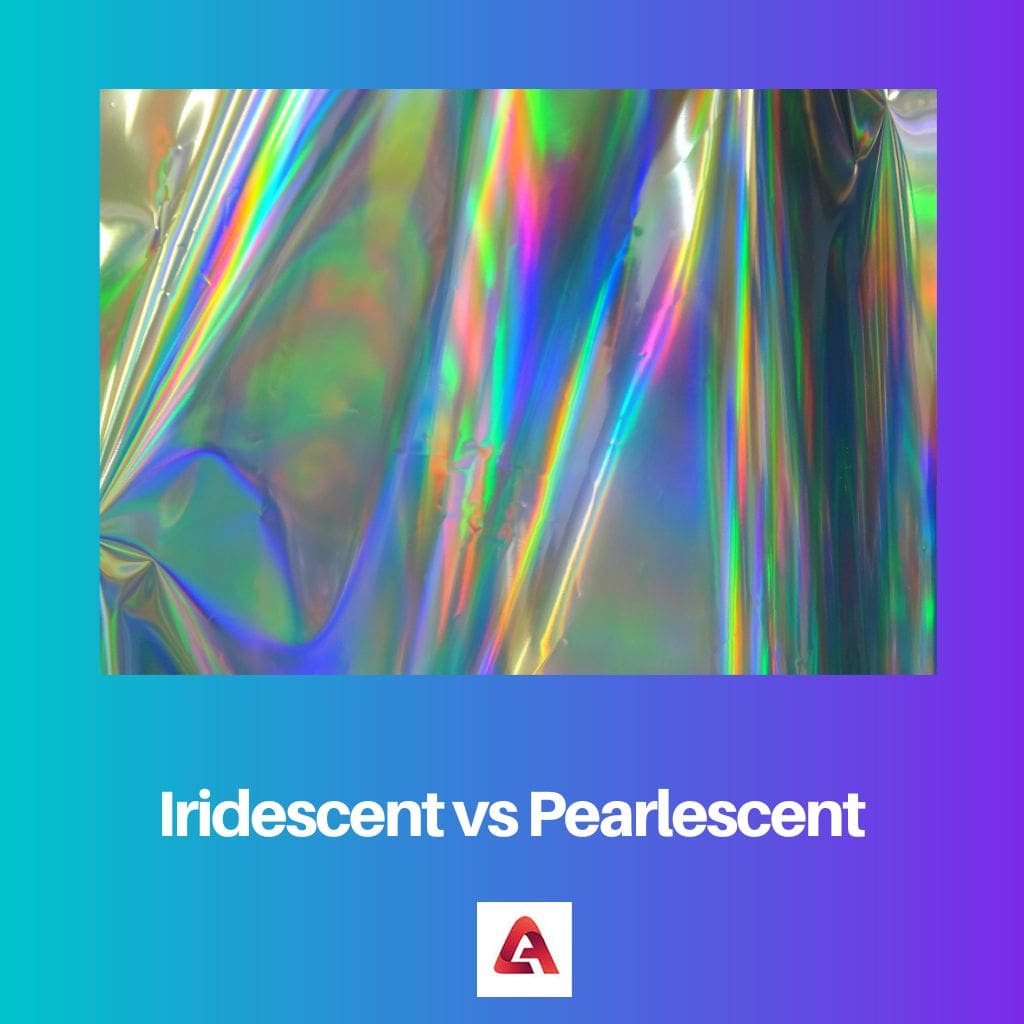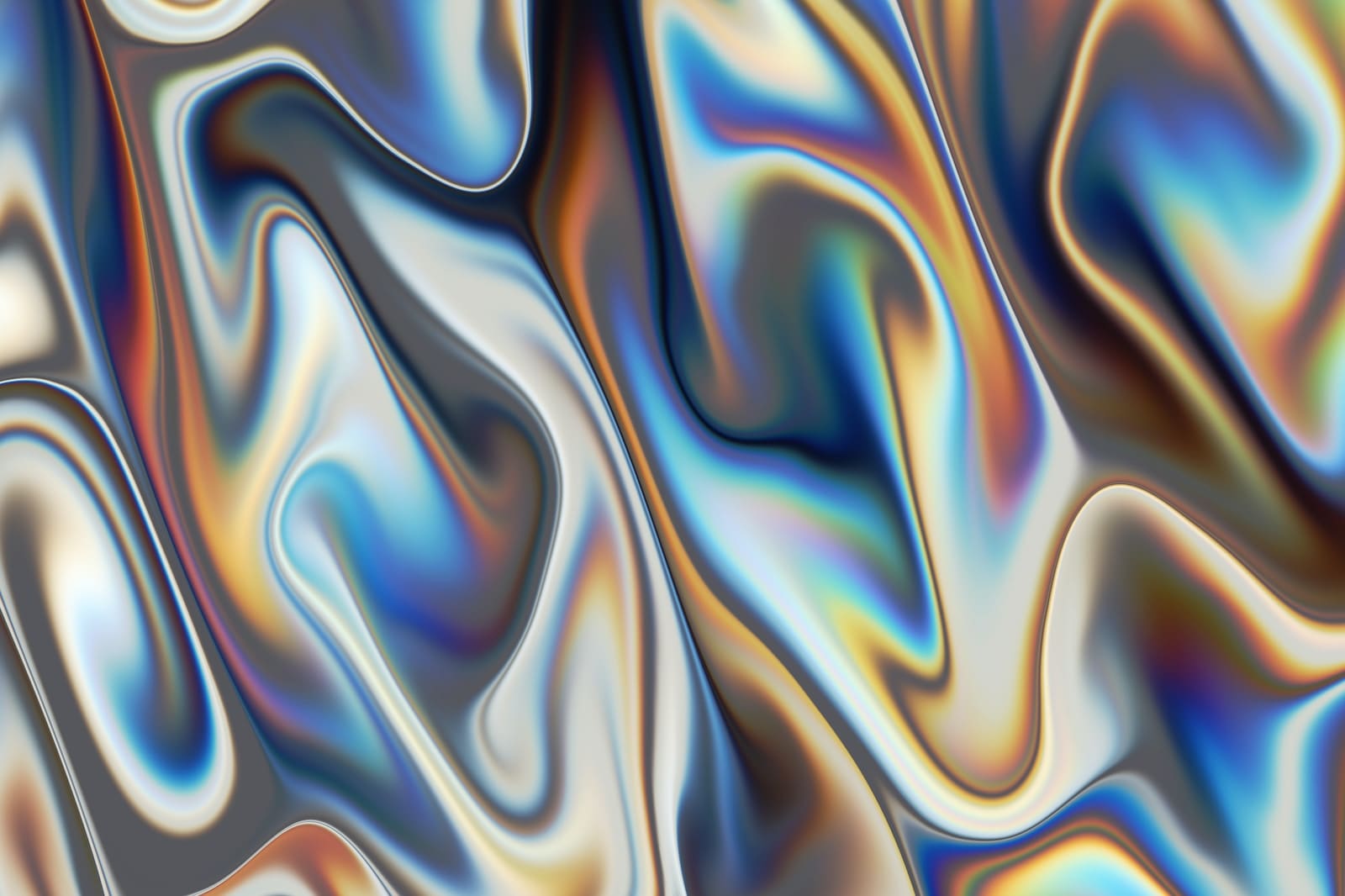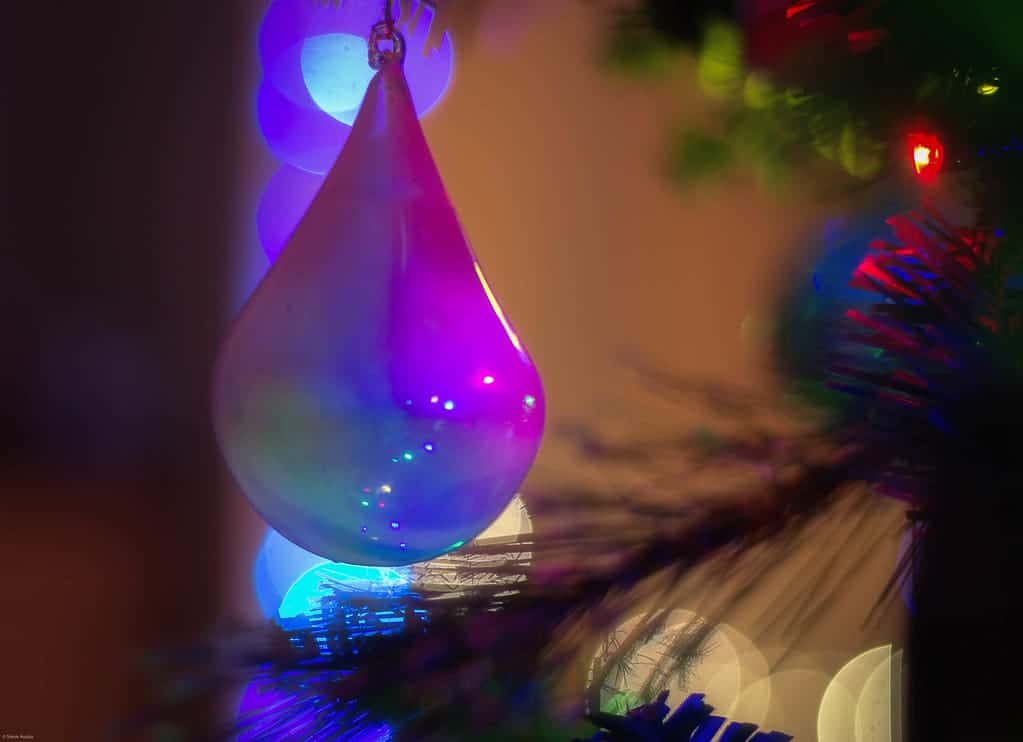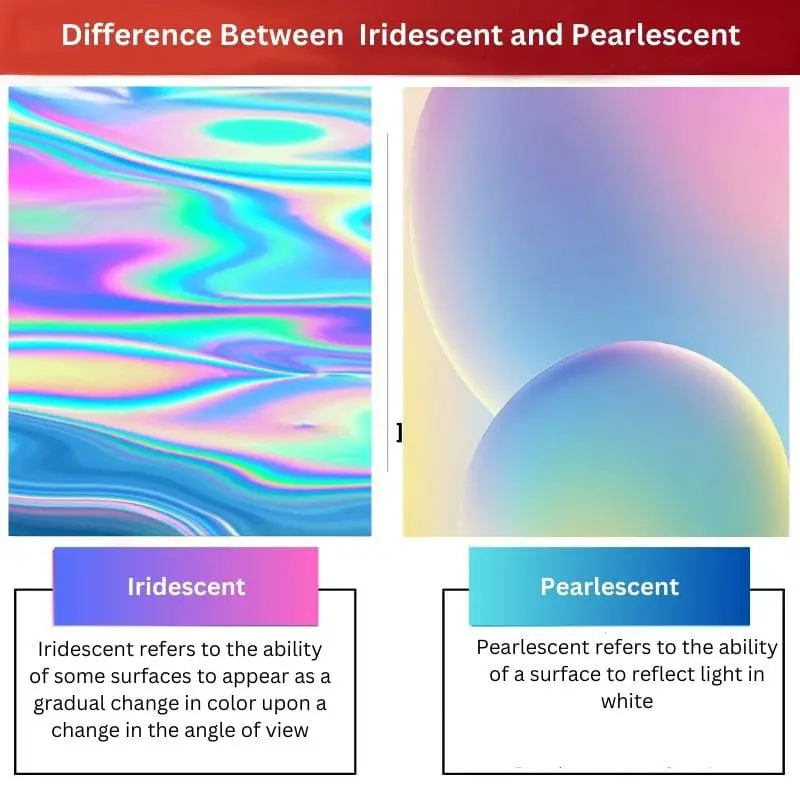Light as electromagnetic energy has a great effect when struck against a surface. When reflected back, it emits a variety of colors and angles. Two such ways for light to reflect back are Pearlescence and Iridescence.
Understanding color perception is complicated. It is further complicated by the fact that the human eye is capable of detecting a broad spectrum of visible light wavelengths rather than just one. There are several factors that influence how a scene is perceived.
Therefore, in addition to surface gloss, object coloration is a determinant in how a color is perceived. People have long been captivated by this capacity to shift hues. Iridescence is one such phenomenon that appears to change color with varied viewing angles, which is fascinating in this context.
Another similar effect is Pearlescence, which is frequently used to characterize specific paint finishes, particularly in the automotive sector.
Key Takeaways
- Iridescence is an optical phenomenon that causes surfaces to display a spectrum of colors as the viewing angle changes. At the same time, pearlescence refers to a lustrous, pearl-like finish with a subtle sheen.
- Iridescent materials exhibit color shifts, whereas pearlescent materials maintain a consistent color under varying light conditions.
- Iridescent surfaces, such as butterfly wings or peacock feathers, can be found in nature, while pearlescent effects are commonly used in paints, cosmetics, and coatings.

Iridescent vs Pearlescent
Iridescence refers to the phenomenon in which different surfaces change their color when viewed from a different angle. Two or more colors are produced depending on the angle at which the surface is viewed. Pearlescent is the concept in which white color emits when the surface reflects light.
A light beam can reflect back from an object’s surface in a variety of ways; sometimes, it will just do so in white, but other times it can do so in a variety of hues. Both of these effects are referred to as pearlescence and iridescence.
Comparison Table
| Parameters of Comparison | Iridescent | Pearlescent |
|---|---|---|
| Definition | Iridescent refers to the ability of some surfaces to appear as a gradual change in color upon a change in the angle of view | Pearlescent refers to the ability of a surface to reflect light in white |
| Examples | They are found in some insects, Butterfly wings, seashell, some insects, certain minerals and nacre | They are found on Car paints |
| Colors | Can produce two, three, or more colors | Emit only white color |
| Composition | Displays lustrous, prismatic, and rainbow-like colors | Comes in Pearl-like appearance in color or luster |
| Derived | The word Iridescent emanated from the Latin word “iris”, meaning rainbow. | Mother-of-pearl and real pearls are where the word “pearlescent” comes from. |
What is a Iridescent?
Iridescence is the ability of some surfaces to appear as a gradual change in color as the angle of view is altered. Iridescence, then, refers to the way a surface appears when seen from various angles. For instance, a soap bubble changes color depending on the angle from which we view it. Iridescence is the term for this characteristic.
Additional instances of iridescence in nature include feathers, butterfly wings, certain minerals, seashell nacre, etc. It can frequently be produced through structural coloring. This indicates that iridescent surfaces are produced when microstructures obstruct light.
A shift in illumination angle causes the optical phenomenon of iridescence on surfaces. This is brought on by numerous reflections off of two or more semi-transparent surfaces. Phase shift and reflection interference modulate the incident light in this situation. The pattern of interference can also be affected by the thickness of the material layers. Thin-film interference, for instance, may cause this effect.
Some plants, animals, and numerous other things exhibit iridescence that we can see. However, the spectrum of colors that a surface emits can be limited; for example, certain surfaces only reflect two or three hues when viewed from different angles.

What is a Pearlescent?
A surface’s capacity to reflect white light is referred to as pearlescent. In other words, the surface can only reflect light in white and not any other color. This phrase can be used to describe specific paint finishes, such as those used in the automotive sector. Iridescence and this effect are very similar, although they result in very diverse visual effects.
The incident light may bounce off of an object’s surface. Different hues of light are reflected back. However, in the case of pearlescence, only white light is reflected off everything. Furthermore, pearlescent paints or pigments, such as automobile paints, can be used to describe synthetic pigments and paints that exhibit an iridescent effect.
Pearlescent is basically another word for iridescence, where the angle of light bouncing off the object and into your eye affects what colour you see.

Main Differences Between Iridescent and Pearlescent
- Pearlescent surfaces create a pearl-like appearance in color or lustre, while Iridescent surfaces to create a display of lustrous, prismatic, and rainbow-like colors.
- Pearlescence reflects only white color, while iridescence can produce two, three, or more colors.
- Iridescence is caused by optical interference when the physical structure of an object causes light waves to combine with one another. Whereas, Pearlescence derives its optical property from the diffraction and interference of white light.
- Soap bubbles, butterfly wings, seashell nacre, etc., are examples of iridescence. Mother of pearl is a shiny, pearlescent material used to make jewellery and ornaments.
- A surface’s capacity to reflect white light is referred to as pearlescent. In other words, the surface can only reflect light in white and not any other color. While for Iridescence, it is the ability of some surfaces to appear as a gradual change in color as the angle of view is altered. Iridescence, then, refers to the way a surface appears when seen from various angles.




